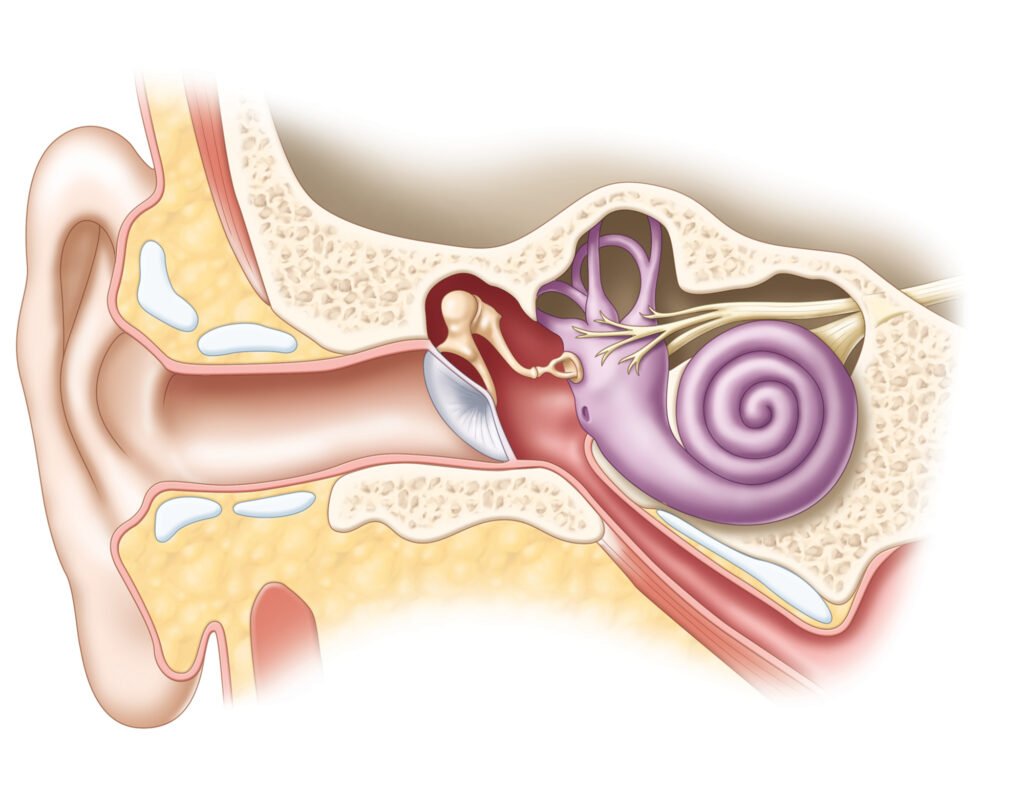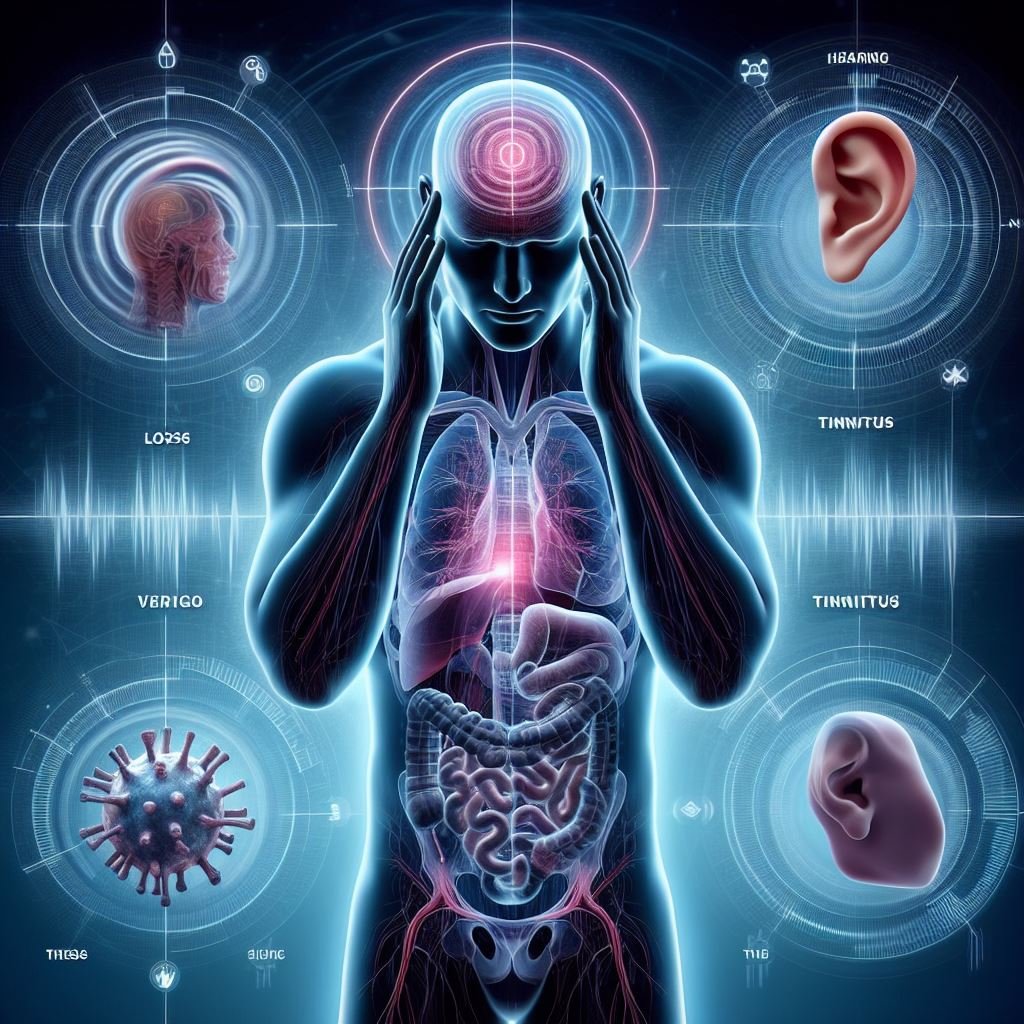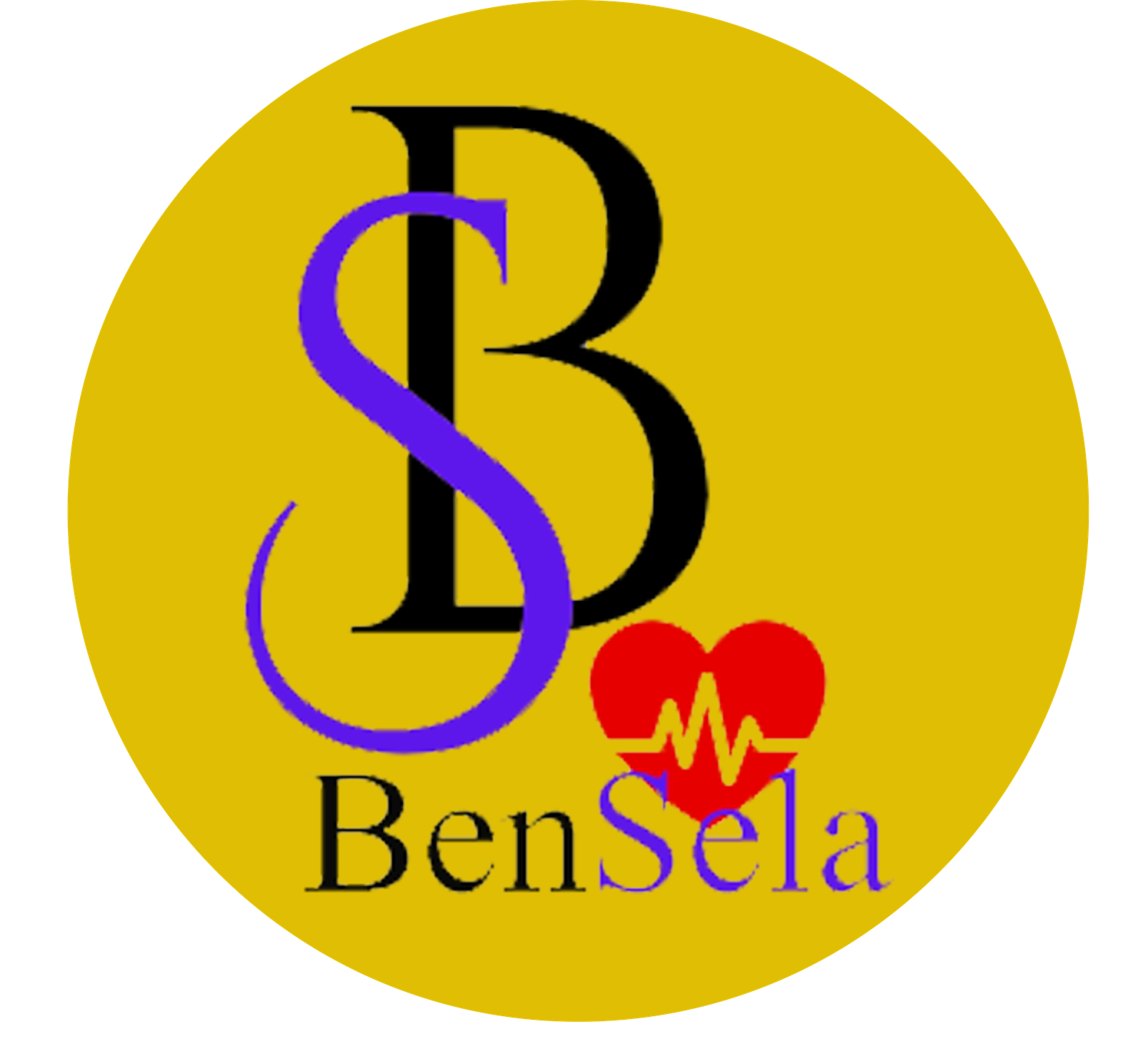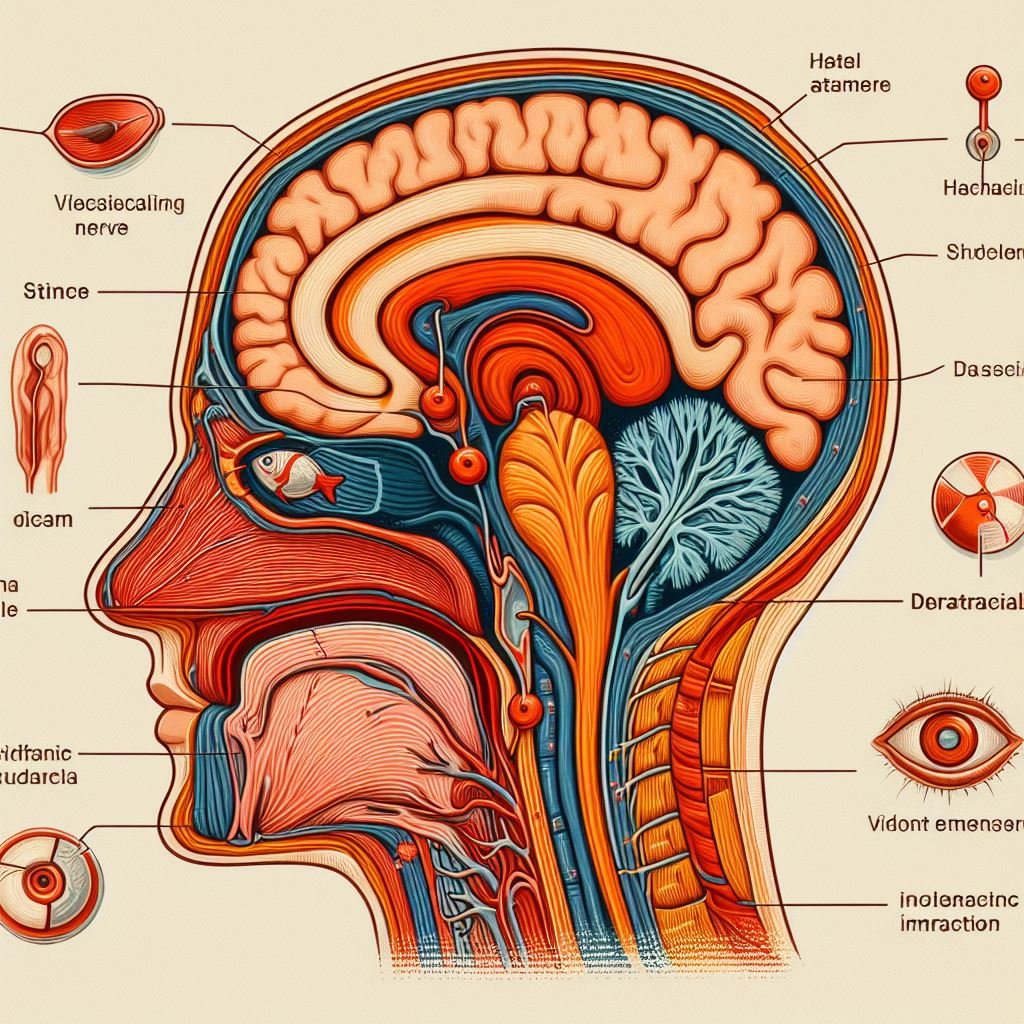Understanding Vertigo: Navigating the Spins and Swirls
Introduction:

Vertigo, a widely experienced yet often perplexing condition, touches the lives of millions globally. It’s more than a mere dizziness; it’s a complex sensation of spinning or movement, that impacts one’s daily life. In this article, we delve into the intricacies of vertigo—its causes, symptoms, and treatment options—seeking to shed light on this challenging disorder.
What is Vertigo?
“Vertigo is not the fear of falling but the voice of gravity calling you home.” – André Aciman
Vertigo is a specific type of dizziness, where a false perception of motion occurs without any actual movement. To comprehend this phenomenon better, let’s explore the causes behind the spinning curtain of vertigo.
Causes of Vertigo:
Vertigo can stem from various underlying conditions, and understanding them is crucial. Here are some primary causes:
- Benign Paroxysmal Positional Vertigo (BPPV): This results from tiny calcium crystals (otoliths) becoming dislodged in the inner ear.
- Ménière’s Disease: A chronic condition affecting the inner ear, leading to recurring episodes of vertigo alongside hearing loss and tinnitus.
- Vestibular Neuritis: Inflammation of the vestibular nerve, often caused by viral infections like colds or flu.
- Migraine-Associated Vertigo: Some migraine sufferers experience vertigo as part of their migraine episodes.
- Labyrinthitis: Inflammation of the inner ear labyrinth, typically caused by viral or bacterial infections.
Symptoms:
Vertigo manifests through various symptoms, which may vary in intensity and duration:
- Spinning sensation
- Nausea or vomiting
- Unsteadiness or imbalance
- Sweating
- Abnormal eye movements (nystagmus)
- Difficulty focusing or blurred vision
Recognizing these symptoms is crucial for seeking timely medical attention.
Treatment Options:
“Vertigo is the conflict between the fear of falling and the desire to fall.” – Salman Rushdie
Treatment approaches hinge on identifying the underlying cause. Here are some common treatments:

- Canalith Repositioning Procedures: Healthcare professionals perform maneuvers to reposition displaced otoliths responsible for BPPV.
- Medications: Antihistamines, antiemetics, or vestibular suppressants might be prescribed to alleviate vertigo symptoms.
- Rehabilitation Therapy: Vestibular rehabilitation therapy focuses on exercises and techniques to improve balance and reduce dizziness.
- Lifestyle Changes: Managing vertigo involves avoiding triggers like caffeine, alcohol, and excessive stress.
- Surgical Intervention: In rare cases, surgical procedures may be considered as a last resort.
Conclusion:
Vertigo significantly impacts daily life, but effective management options exist. Seeking medical attention for proper diagnosis and treatment is crucial. By comprehending this complex condition better, we can navigate its challenges, minimizing its impact on our lives.

